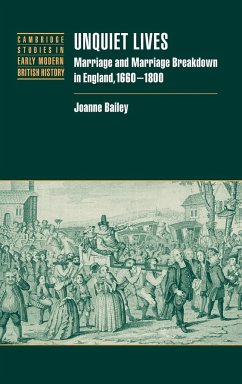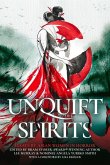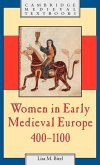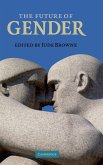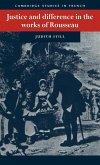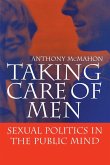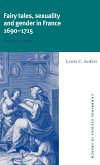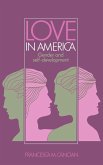Short description/annotation
A revisionary study of married life in eighteenth-century England.
Main description
Based on vivid court records and newspaper advertisements, this book is a pioneering account of the expectations and experiences of married life among the middle and labouring ranks in the long eighteenth century. Its original methodology draws attention to the material life of marriage, which has long been dominated by theories of emotional shifts or fashionable accounts of spouses' gendered, oppositional lives. Thus it challenges preconceptions about authority in the household, by showing the extent to which husbands depended upon their wives' vital economic activities: household management and child care. Not only did this forge co-dependency between spouses, it undermined men's autonomy. The power balance within marriage is further revised by evidence that the sexual double standard was not rigidly applied in everyday life. The book also shows that ideas about adultery and domestic violence evolved in the eighteenth century, influenced by new models of masculinity and femininity.
Table of contents:
1. Introduction: assessing marriage; 2. 'To have and to hold': analysing married life; 3. 'For better, for worse': resolving marital difficulties; 4. 'An honourable estate': marital roles in the household; 5. 'With all my worldly goods I thee endow': spouses' contributions and possessions within marriage; 6. 'Wilt thou obey him and serve him': the marital power balance; 7. 'Forsaking all other': marital chastity; 8. 'Till death us do part': life after a failed marriage; 9. 'Mutual society, help and comfort': conclusion; Bibliography.
Hinweis: Dieser Artikel kann nur an eine deutsche Lieferadresse ausgeliefert werden.
A revisionary study of married life in eighteenth-century England.
Main description
Based on vivid court records and newspaper advertisements, this book is a pioneering account of the expectations and experiences of married life among the middle and labouring ranks in the long eighteenth century. Its original methodology draws attention to the material life of marriage, which has long been dominated by theories of emotional shifts or fashionable accounts of spouses' gendered, oppositional lives. Thus it challenges preconceptions about authority in the household, by showing the extent to which husbands depended upon their wives' vital economic activities: household management and child care. Not only did this forge co-dependency between spouses, it undermined men's autonomy. The power balance within marriage is further revised by evidence that the sexual double standard was not rigidly applied in everyday life. The book also shows that ideas about adultery and domestic violence evolved in the eighteenth century, influenced by new models of masculinity and femininity.
Table of contents:
1. Introduction: assessing marriage; 2. 'To have and to hold': analysing married life; 3. 'For better, for worse': resolving marital difficulties; 4. 'An honourable estate': marital roles in the household; 5. 'With all my worldly goods I thee endow': spouses' contributions and possessions within marriage; 6. 'Wilt thou obey him and serve him': the marital power balance; 7. 'Forsaking all other': marital chastity; 8. 'Till death us do part': life after a failed marriage; 9. 'Mutual society, help and comfort': conclusion; Bibliography.
Hinweis: Dieser Artikel kann nur an eine deutsche Lieferadresse ausgeliefert werden.

